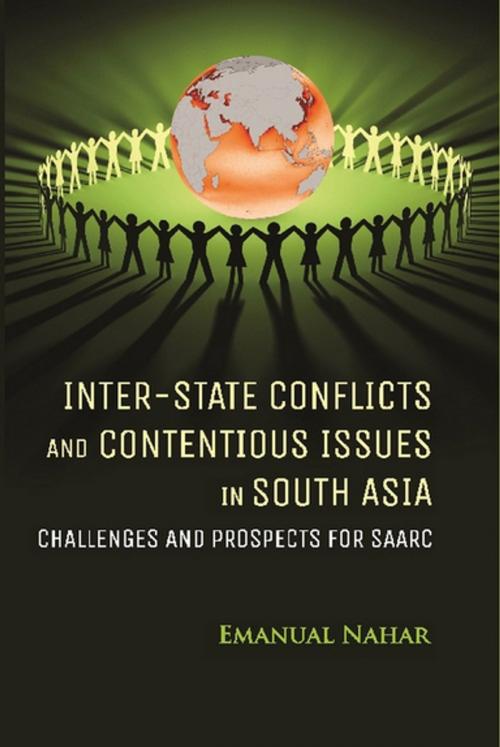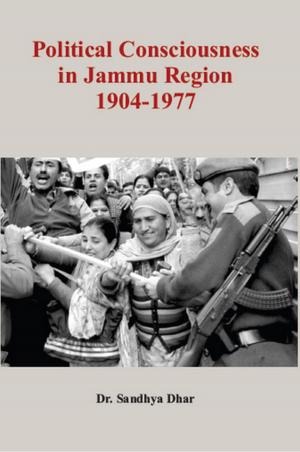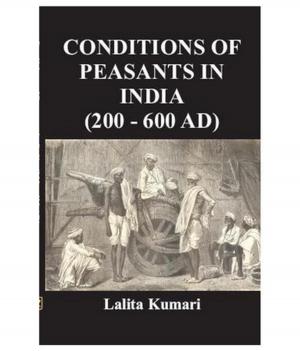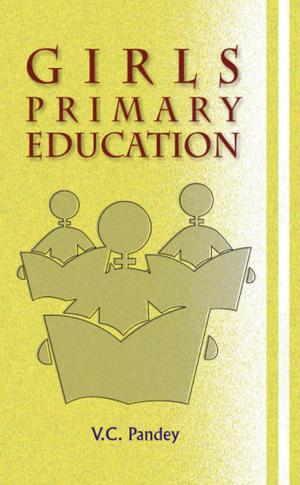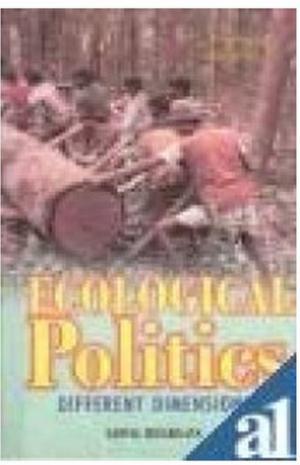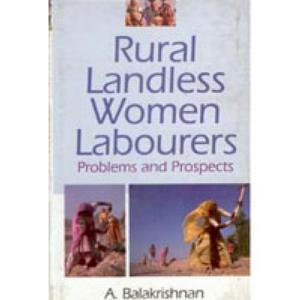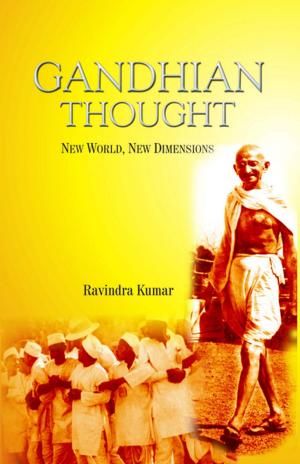Inter-state conflicts and contentious issues in south asia
Challenges and Prospects for Saarc
Nonfiction, Social & Cultural Studies, Political Science| Author: | Emanual Nahar | ISBN: | 9789351289616 |
| Publisher: | Kalpaz Publications | Publication: | June 30, 2016 |
| Imprint: | Kalpaz Publications | Language: | English |
| Author: | Emanual Nahar |
| ISBN: | 9789351289616 |
| Publisher: | Kalpaz Publications |
| Publication: | June 30, 2016 |
| Imprint: | Kalpaz Publications |
| Language: | English |
The organization of eight South Asian nations, namely India, Bangladesh, Bhutan, Maldives, Nepal, Pakistan , Sri Lanka and Afghanistan with observer nations, Myanmar, China, Iran, the European Union (EU) and the United States, to name a few, is known as the South Asian Association for Regional Cooperation (SAARC). It was established at the first summit in Dhaka on December 7-8, 1985. India, significantly, constitutes 70 per cent or more of SAARC's area and population. All have a shared culture, ethnicity and experienced long interactive historical events including British imperialism and its consequences. Over the years, SAARC has attempted to address several regional concerns, for instance drug and human trafficking, economic cooperation among south Asian states and the forging of a south Asian social identity and most recently efforts have been made to tackle the menace of terrorism in the region. Despite its stated intentions SAARC as a regional body has for years grappled with interstate, intra-state and regional conflicts. Since its existence in 1985, SAARC has been criticized for its failure to forge an effective regional identity. Inter-state conflicts and the bilateral interests of member states have a decisive influence on the achievements of SAARC; the regional body has also been influenced by external players and other regional organizations. SAARC, regrettably, has yet to develop into a conflict-mediating or conflict-resolving institution both on multilateral and bilateral issues. This publication is a by-product of a very successful ICSSR sponsored National Seminar organized by the Department of Political Science – University School of Open Learning, Panjab University, Chandigarh from March 24-25 , 2014. The book comprises of papers presented during the National Seminar from learned and distinguished experts, academicians, and research scholars. This study evaluates SAARC, as a living and developing organization and efforts have been made to cover all the aspects in an objective manner. This edited work is an attempt to bring to light the debilitating effect of inter-state conflicts in South Asia on regional cooperation. Analyses has focused primarily on the negative association of interstate conflict and regionalism in South Asia, however this study also discusses how other regional cooperation mechanisms in South Asia have coped with such challenges to promote a vibrant regional identity. The study also analyses various development policies and Confidence Building Measures initiated by the respective Governments, and provides useful suggestions and policy recommendations to tackle the concerned challenges in South Asia. This book should serve as an important source as it provides a wealth of information about the existing issues of contentious prevailing in South - Asian region, that have been continuously hampering the process of regional economic cooperation and integration under the forum of SAARC. This Book will be highly useful for the readers interested in studying the issues, problems and conflicts in South Asia.
The organization of eight South Asian nations, namely India, Bangladesh, Bhutan, Maldives, Nepal, Pakistan , Sri Lanka and Afghanistan with observer nations, Myanmar, China, Iran, the European Union (EU) and the United States, to name a few, is known as the South Asian Association for Regional Cooperation (SAARC). It was established at the first summit in Dhaka on December 7-8, 1985. India, significantly, constitutes 70 per cent or more of SAARC's area and population. All have a shared culture, ethnicity and experienced long interactive historical events including British imperialism and its consequences. Over the years, SAARC has attempted to address several regional concerns, for instance drug and human trafficking, economic cooperation among south Asian states and the forging of a south Asian social identity and most recently efforts have been made to tackle the menace of terrorism in the region. Despite its stated intentions SAARC as a regional body has for years grappled with interstate, intra-state and regional conflicts. Since its existence in 1985, SAARC has been criticized for its failure to forge an effective regional identity. Inter-state conflicts and the bilateral interests of member states have a decisive influence on the achievements of SAARC; the regional body has also been influenced by external players and other regional organizations. SAARC, regrettably, has yet to develop into a conflict-mediating or conflict-resolving institution both on multilateral and bilateral issues. This publication is a by-product of a very successful ICSSR sponsored National Seminar organized by the Department of Political Science – University School of Open Learning, Panjab University, Chandigarh from March 24-25 , 2014. The book comprises of papers presented during the National Seminar from learned and distinguished experts, academicians, and research scholars. This study evaluates SAARC, as a living and developing organization and efforts have been made to cover all the aspects in an objective manner. This edited work is an attempt to bring to light the debilitating effect of inter-state conflicts in South Asia on regional cooperation. Analyses has focused primarily on the negative association of interstate conflict and regionalism in South Asia, however this study also discusses how other regional cooperation mechanisms in South Asia have coped with such challenges to promote a vibrant regional identity. The study also analyses various development policies and Confidence Building Measures initiated by the respective Governments, and provides useful suggestions and policy recommendations to tackle the concerned challenges in South Asia. This book should serve as an important source as it provides a wealth of information about the existing issues of contentious prevailing in South - Asian region, that have been continuously hampering the process of regional economic cooperation and integration under the forum of SAARC. This Book will be highly useful for the readers interested in studying the issues, problems and conflicts in South Asia.
